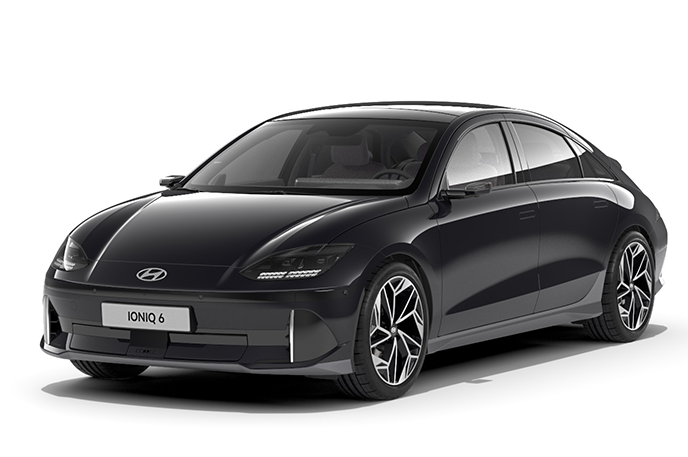Can you help me understand what leads you to believe this? Because the more I read that document the more I think it’s precisely what is being used. I don’t believe your interpretation of “non-passenger automobile” is correct.
Anything with 3 rows qualifies as a van under paragraph A(5)(ii).
5 seat Model Y is 4WD but does not meet the necessary clearances in B(2).
Mach E does not meet the necessary clearances in B(2)
Audi Q5 is 4WD and meets the necessary clearances in B(2), thus qualifies.
ID.4 is the interesting one. Official sources list ground clearance on prior model years at ~6.7 inches. However, informal measurements by people on forums suggest clearance is actually over 8 inches
with the exception of a small plastic underbelly protrusion forward of each wheel. I can’t find any official ground clearance measurement for 2023 vehicles yet but I suspect VW made a simple modification to up ground clearance, resulting in 4/5 requirements being met in section 2(B) (only approach angle does not meet the requirements).
If that’s the case then 4WD ID.4 variants meet the SUV requirements.
Assuming the updated ground clearance hunch is correct on the 2023 ID.4, all the available data fits.





